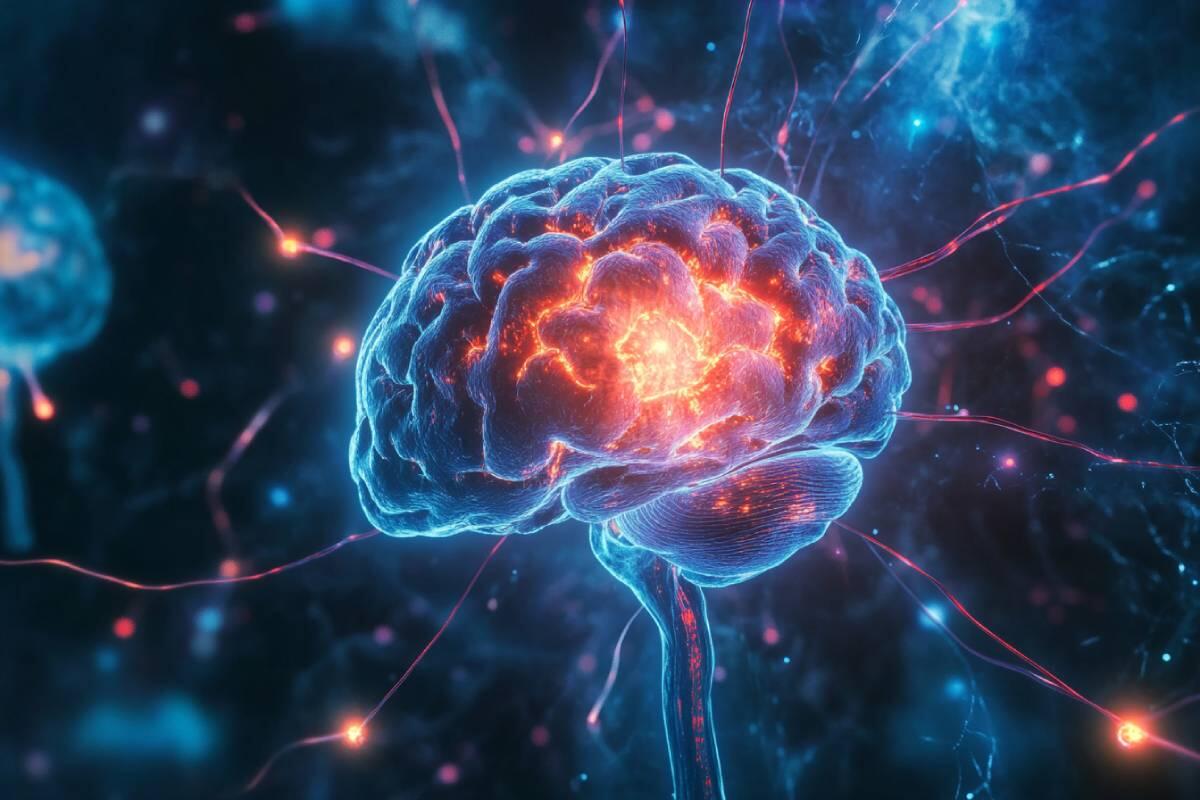The Science Behind the "Placebo Effect" and How It Can Heal
The placebo effect is one of the most intriguing and studied phenomena in the fields of medicine and psychology. It challenges the conventional idea that only pharmacological treatments or physical interventions can bring relief and healing for health problems.
Simply believing that one is receiving an effective treatment can trigger real physiological responses that contribute to symptom relief and even healing.
But how is this possible? What mechanisms drive the placebo effect, and how can it be ethically utilized in clinical practice? This article explores the scientific foundations of this fascinating phenomenon and its potential in healthcare.
What Is the Placebo Effect?
The placebo effect occurs when a person experiences health benefits after receiving a treatment that, in theory, has no active therapeutic properties. Common examples include sugar pills, saline injections, or even sham surgeries.
Although these "treatments" contain no pharmacological substances, they can lead to real improvements in conditions such as pain, insomnia, anxiety, depression, and even physical symptoms of chronic diseases.
The Origin of the Phenomenon
The term "placebo" comes from Latin and means "I shall please." It was first used in the 18th century in a medical context to describe treatments given more to satisfy the patient than to cure them.
However, the placebo effect gained prominence in the 20th century when it started being used as a control in clinical trials to determine the effectiveness of drugs.
The goal was to verify whether the results obtained by patients were due to the actual properties of the drug or merely the belief in the treatment’s efficacy.
Scientific Mechanisms of the Placebo Effect
Science has shown that the placebo effect is not just psychological but also physiological, involving complex interactions between the brain, nervous system, and immune system.
1. Release of Neurotransmitters
Studies demonstrate that believing in a treatment can stimulate the brain to release chemicals such as endorphins, dopamine, and serotonin. These molecules are associated with pain relief, feelings of well-being, and mood regulation.
2. Pavlovian Conditioning
Just like in Pavlov’s famous experiment with dogs, the human body can be conditioned to respond to specific stimuli. A patient who associates pills with pain relief may experience benefits when taking a placebo that mimics a real medication.
3. Brain Activation
Neuroimaging studies reveal that the placebo effect activates brain regions linked to pain perception and emotional processing, such as the prefrontal cortex and amygdala. This helps explain why a placebo can improve both physical and emotional symptoms.
4. Immune Response
Research suggests that the placebo effect can influence the immune system, reducing inflammation and strengthening the body’s defense mechanisms against infections.
The Role of Expectation and Trust
A key element of the placebo effect is expectation. When a patient believes a treatment will be effective, that expectation triggers physiological responses in the body.
Additionally, the doctor-patient relationship plays a crucial role. Healthcare professionals who demonstrate confidence and empathy increase the likelihood that patients will experience benefits—even with a placebo treatment.
Examples of the Placebo Effect in Action
The placebo effect has been documented in various contexts, from clinical trials to everyday medical practice. Here are some notable examples:
- Pain Relief: Patients who believe they are receiving painkillers report significant pain reduction, even when the "medication" is inert.
- Mental Health: In studies on depression, placebos often show efficacy rates comparable to antidepressants, especially in mild to moderate cases.
- Sham Surgeries: Patients undergoing simulated surgeries report improvements similar to those who underwent actual medical procedures.
Ethical Considerations and Limitations
Although the placebo effect is promising, it raises ethical concerns. Administering a non-active treatment without informing the patient could compromise trust in the doctor-patient relationship.
For this reason, many experts advocate for the use of "open-label placebos," where patients are informed that the treatment contains no active substances but may still provide benefits.
Moreover, the placebo effect does not work for all conditions or individuals. It has the greatest impact on subjective symptoms, such as pain and fatigue, and is less effective for diseases requiring biological interventions, such as bacterial infections or advanced cancer.
How Can the Placebo Effect Be Used in Clinical Practice?
Healthcare professionals can adopt strategies such as:
✔️ Strengthening the Doctor-Patient Relationship: Demonstrating empathy and confidence enhances the placebo response.
✔️ Incorporating Conditioning Techniques: Associating real treatments with rituals or symbols can amplify the placebo effect.
✔️ Educating Patients: Explaining how the mind influences the body and encouraging practices like meditation and visualization reinforces positive outcomes.
Conclusion
The placebo effect is a powerful phenomenon, proving how deeply connected the mind and body are.
While it does not replace conventional medical treatments, it highlights the crucial role of perception and psychology in health.
By better understanding this phenomenon and using it ethically, medicine can provide more personalized and integrated care, harnessing the incredible healing potential of the brain.
